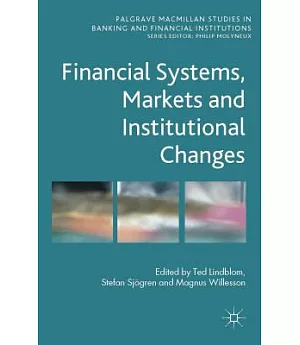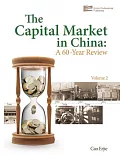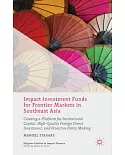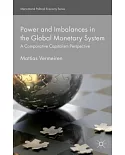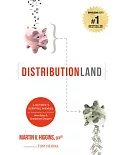Financial Systems, Markets and Institutional Changes analyses and exemplifies how the financial system endogenously adjusts to institutional changes such as new technology, political
tendencies, cultural differences, new business models, and government interactions. It puts particular emphasis on how different institutional settings affect firms’ borrowing and how the
financial crisis affected the relationship between borrowing firms and lending banks. It further increases our understanding of how efficient financial markets are formed, by addressing
issues related to the globalization of the financial market, questioning whether the EMU, with its regional imbalances, is an optimal currency union, and putting new requirements on an
international lender of last resort. Recent technology developments, with high frequency trading, and the increased existence of Islamic banking are two further examples of institutional
changes that form new actors and new markets.

